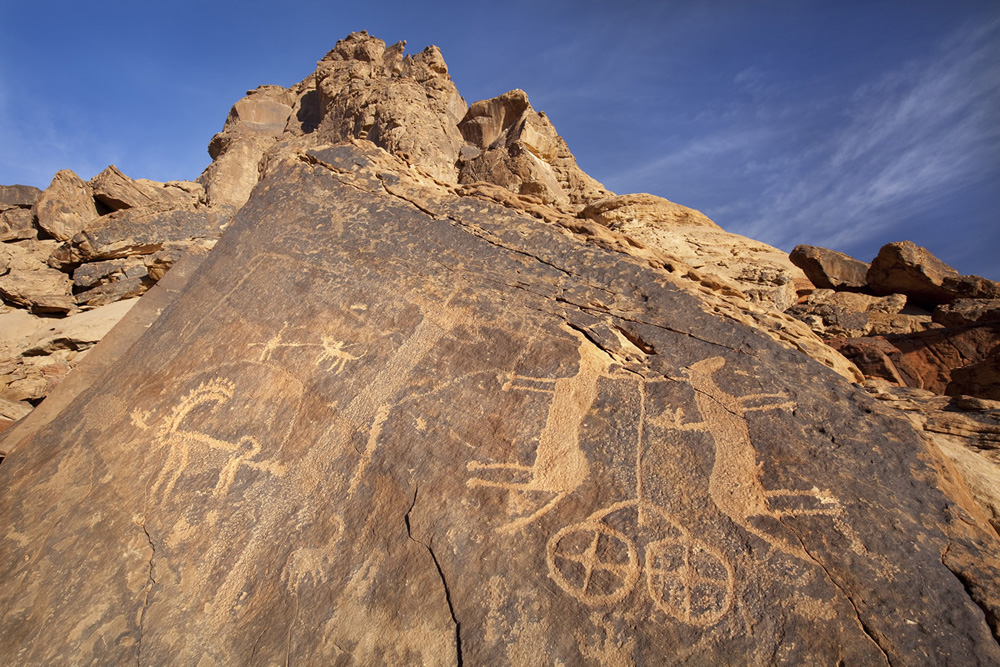
In addition to the many amazing new things happening in Saudi Arabia, there might be quite a few things that are very interesting to know about the country’s ancient history as well. You don’t have to be culture and heritage buff to appreciate the fact that is that this country has a whole five UNESCO World Heritage sites, namely:
- Al-Hijr Archaeological Site (Madâin Sâlih) (2008)
- At-Turaif District in ad-Dir'iyah (2010)
- Historic Jeddah, the Gate to Makkah (2014)
- Rock Art in the Ha’il Region of Saudi Arabia (2015)
- Al-Ahsa Oasis, an Evolving Cultural Landscape (2018)
As you can see, the so-called “Rock Art in the Hail Region of Saudi Arabia” was added to the heritage list in the year 2015 and these sites have been singled out for their “numerous representations of human and animal figures covering 10,000 years of history.”

The site itself actually has two main parts that are relatively far from one another:
Firstly there’s the “Jabel Umm Sinman” at Jubbah, which lays 90km northwest of the city of Ha’il. This is where the ancestors of present-day Arabs made numerous rock carvings that consist of both words and pictures. They made this striking rock art within a landscape that once overlooked a large freshwater lake (although today it’s merely desert).
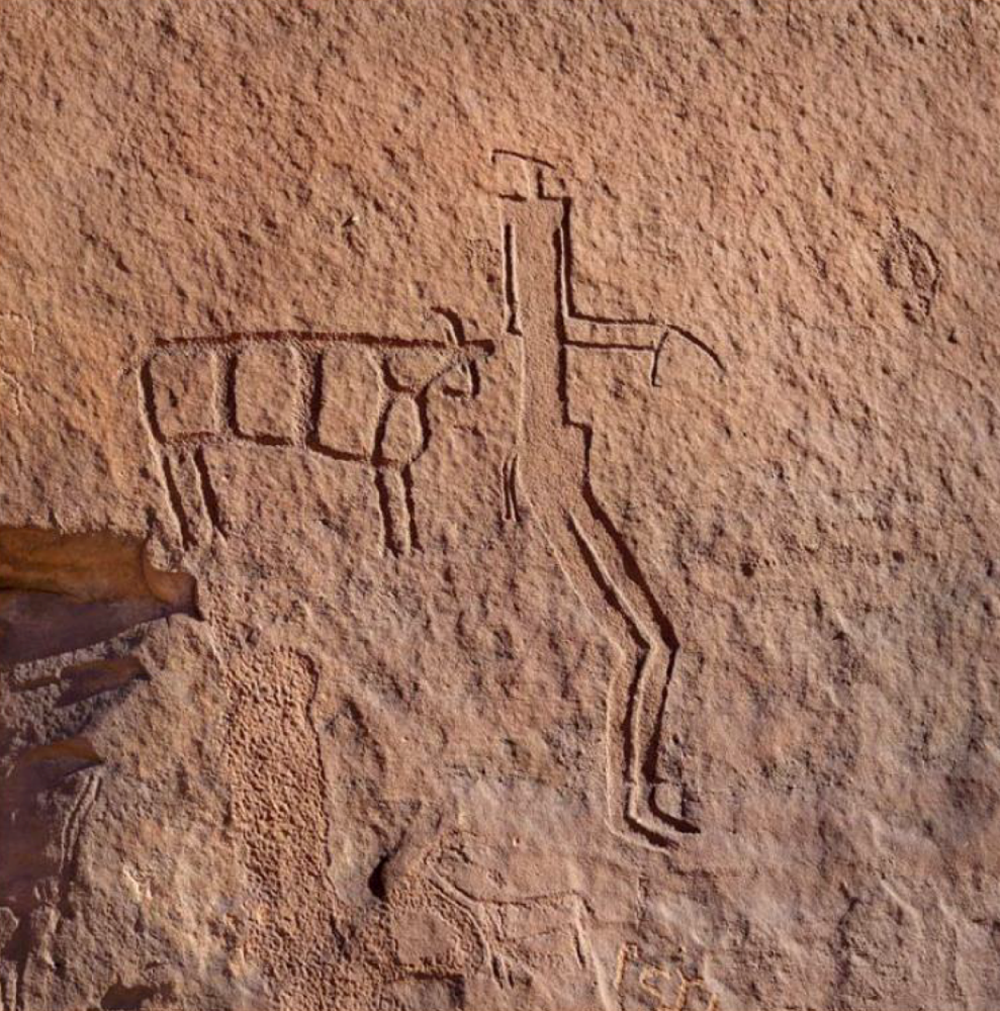
Secondly, there’s the “Jabal al-Manjor” and “Raat at Shuwaymis” that are 250 km south of the city Ha’il and at both locations, the large number of rock carvings have also been dated back by to 10,000 years ago. But instead of a dried up lake like the site near Jubbah, you can find that this site is within a valley that actually still has flowing water.
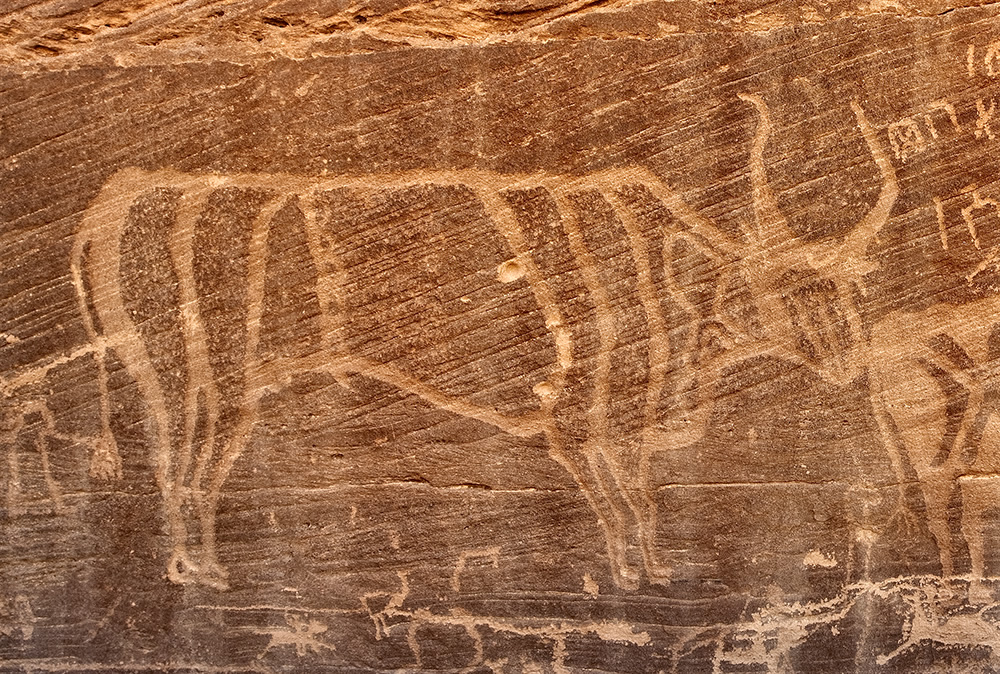
Together, these two parts contain the largest and most advanced rock art complexes in the Saudi Arabia and in the wider region as a whole and are known as the “Rock Art in the Ha’il Region of Saudi Arabia.”

Why are they so special, you may ask? Well, there are several reasons. The Rock Art we are talking about here contains an exceptionally large number of stone carvings that are considered, even by the very high standards of the UNESCO, nothing less than, “visually stunning expressions of the human creative genius.”
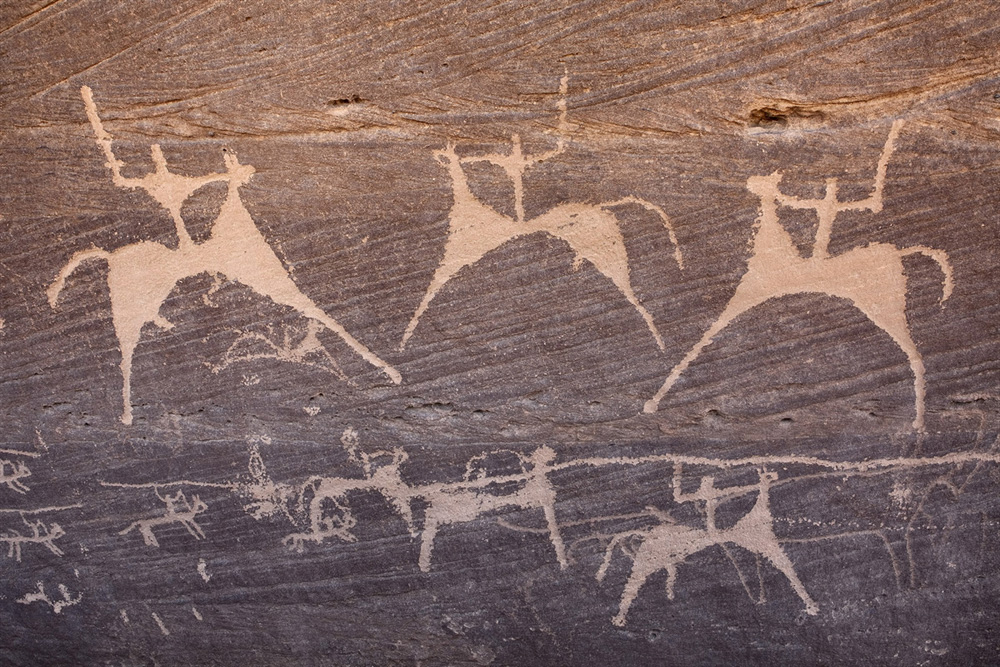
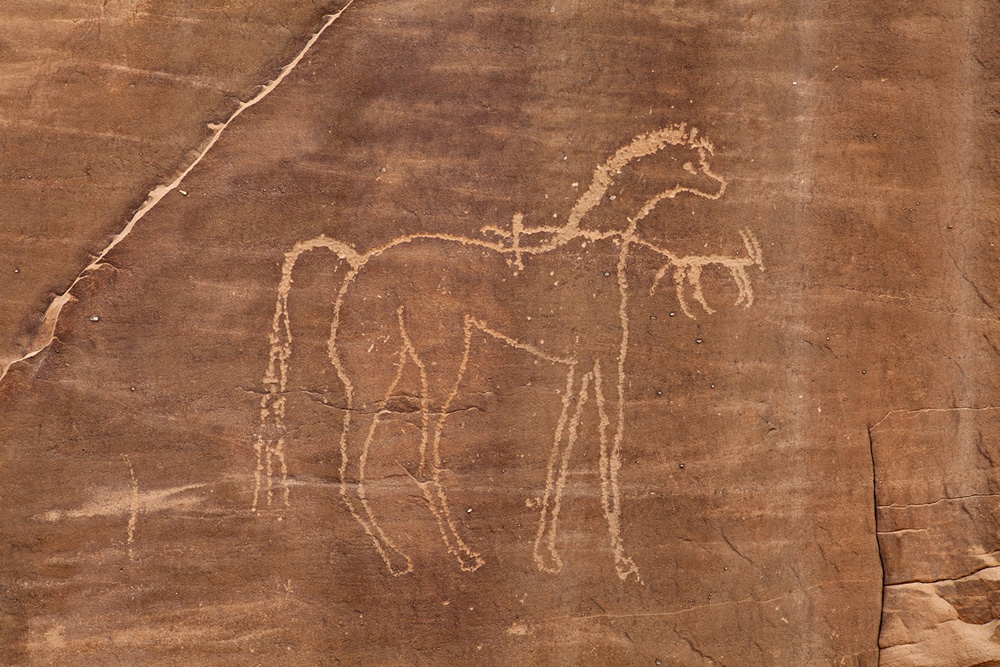
Furthermore, the carvings also “provide an exceptional testimony to the challenges of past societies in response to environmental catastrophes. In addition, the petroglyphs (stone carvings) at Shuwaymis provide an exceptional testimony of a society that vanished, leaving behind an exceptionally detailed record of its existence.”
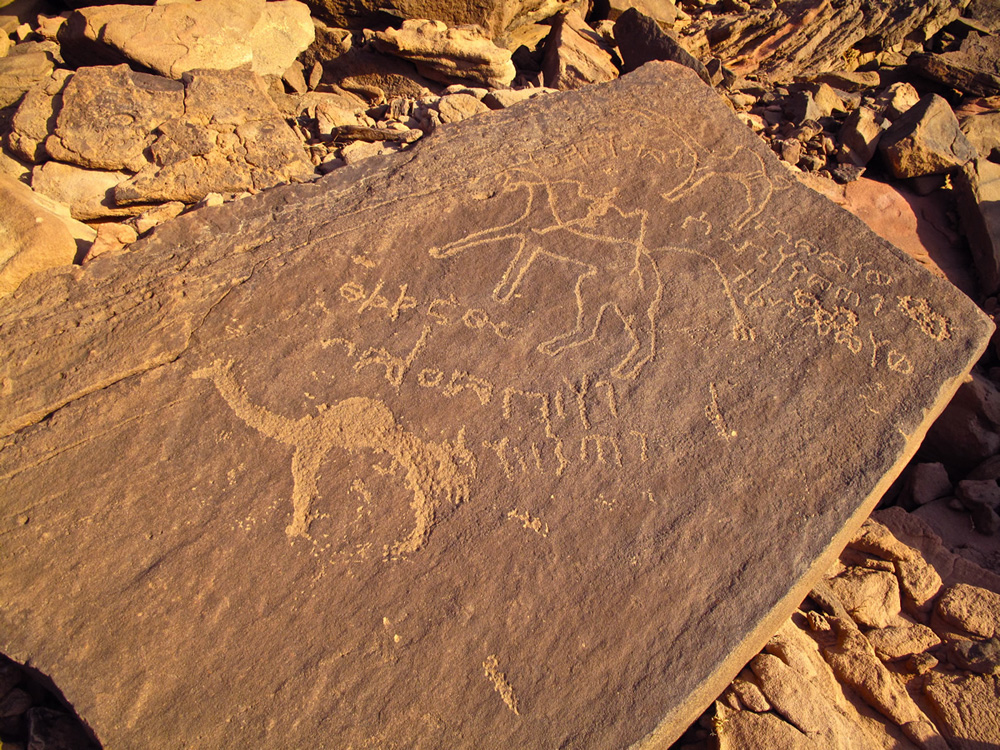
Dr. Majeed Khan completed his PhD on the “Rock Art of Saudi Arabia” in 1989 and he is currently the Consultant Archaeologist of the Saudi Commission for Tourism and Antiquities. Dr. Khan has stated that Saudi Arabia is among the four richest rock art regions in the entire the world and according to him, there are thousands of stone carvings, painted rock art, and ancient Arabian inscriptions sites are located all over the country and they all represent various cultural phases, ranging from the Neolithic until the recent past.
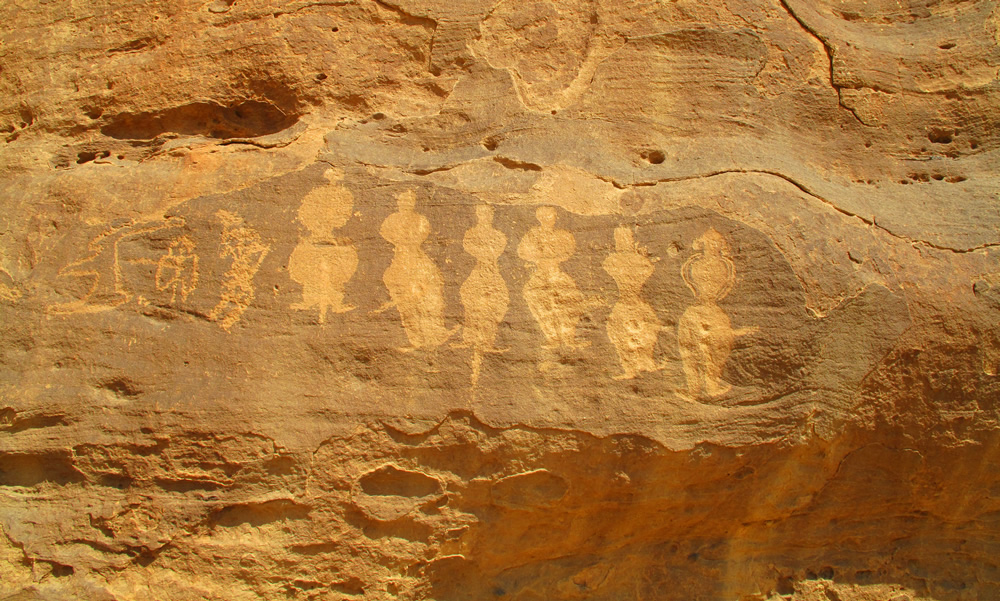

Dr. Khan points out that one can see the “naturalistic, schematic, abstract, mythical, and mystical images representing ancient ideology, thoughts about the metaphysical world, religious entity, economy, environment, human activities, and variety of animal types, according to particular climatic and environmental conditions.”

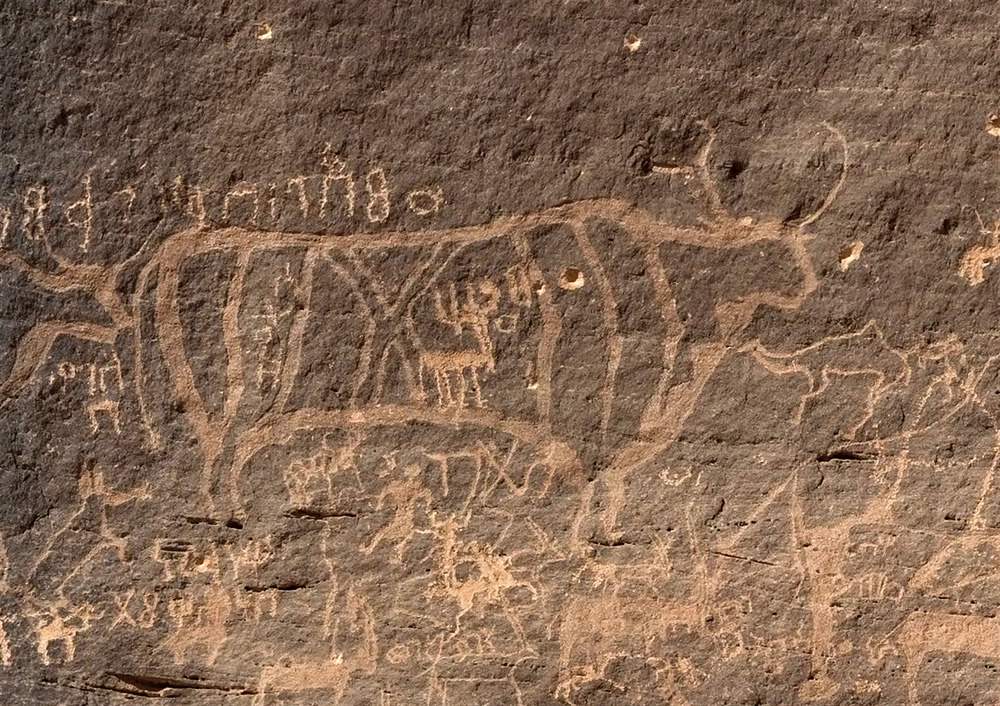 |
|
Dr. Khan further states that, “The Rock Art of Saudi Arabia is the mirror of its rich cultural heritage of so-called Bedouin or desert dwellers that surprises the world with its 4,000 archaeological and more than 1,500 rock art sites.”
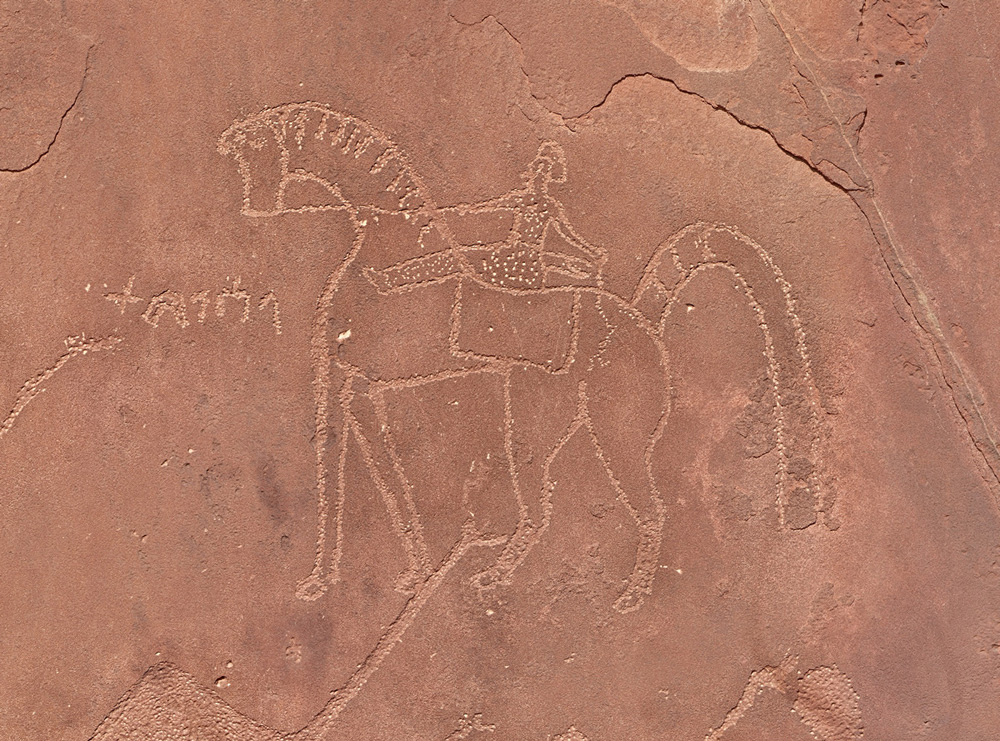
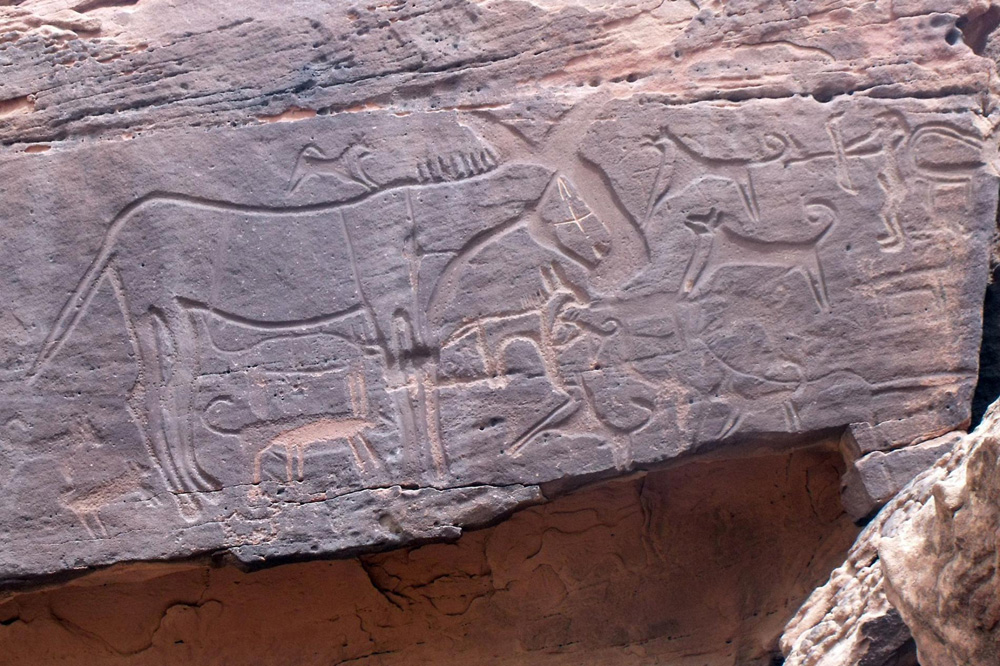
One astonishing fact that the Rock Art of Saudi Arabia has revealed is that it shows the earliest depictions of domesticated dogs. Man’s best friend is at least 8,000, maybe even 9,000 years old, and according to a recent study, many of the carvings show lines connecting the humans and the dogs. The experts have concluded that the “lines are probably leashes, suggesting that humans mastered the art of training and controlling dogs thousands of years earlier than previously thought.”
Thankfully, the government of Saudi Arabia and the regional government of the Ha’il region have provided significant resources for the safeguarding of these two precious sites.

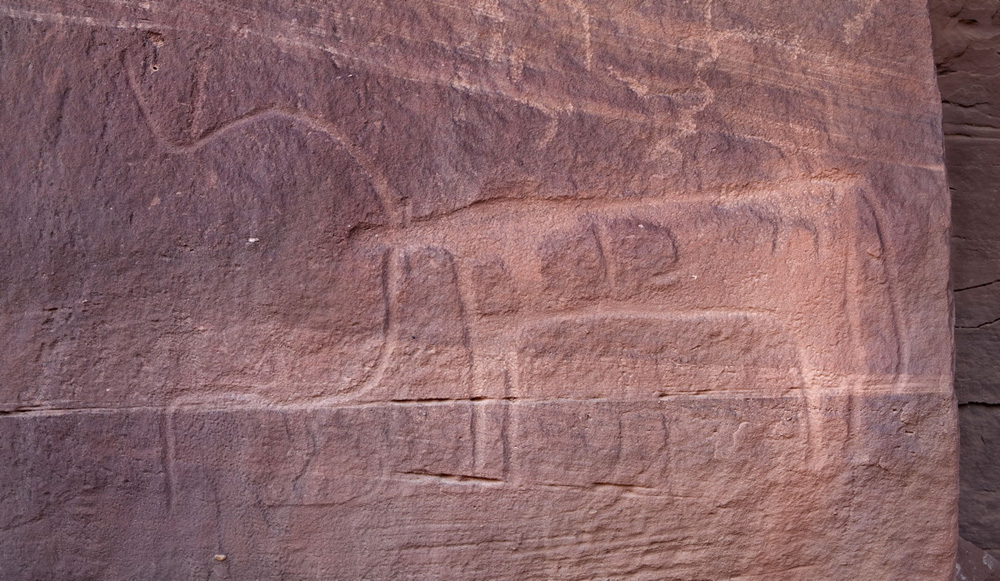
The Regional Antiquities & Museums office in Ha’il is responsible for the protection and management of this Rock Art, as well as the inscriptions and archaeological sites in the region. The local community therefore plays an important role in protecting the sites, and in welcoming visitors.
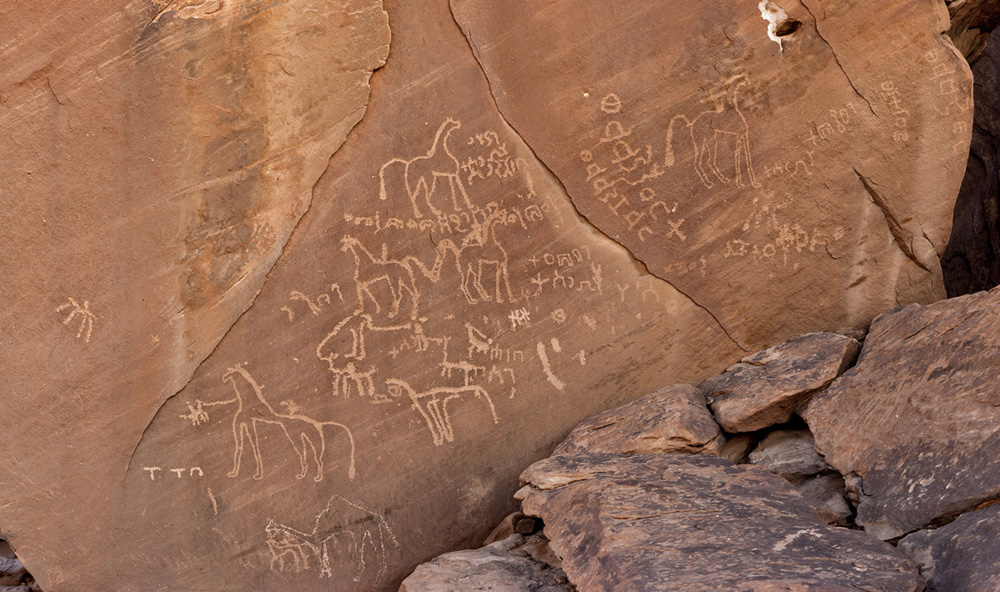
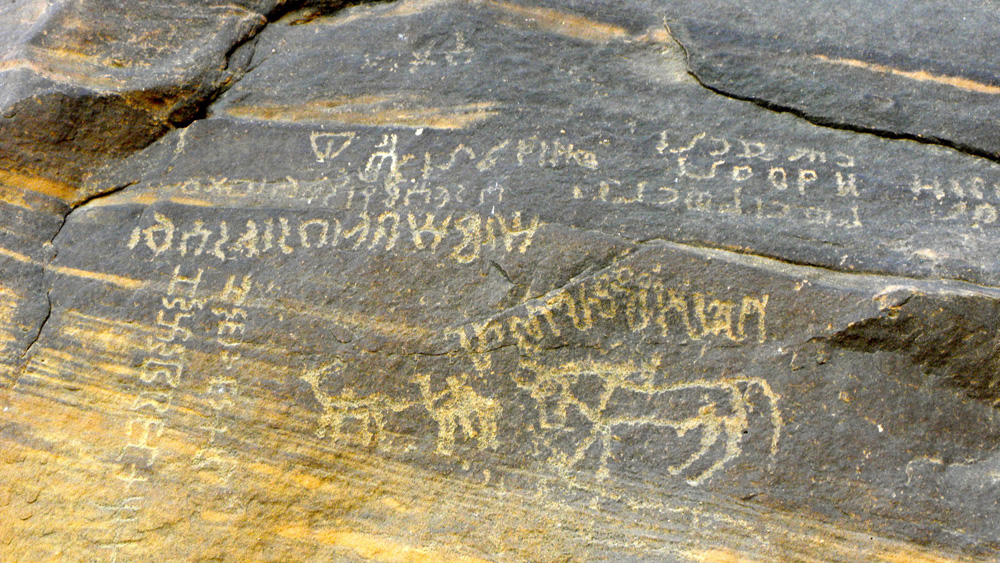
The above information barely begins to scratch the surface of all the interesting research that has been done into the topic of the Rock Art of Saudi Arabia. Thankfully you don’t have to travel all the way to the actual sites to get more information, because there are many resources online, including this website. So dig deep, there’s 10,000 years of art and heritage to get lost in.

















